顺应论与英汉广告语翻译
ChapterⅠIntroduction1ChapterⅠIntroduction1.1TheSignificanceoftheResearchNowadays,withtherapiddevelopmentoftheeconomy,manyforeignproductsarecomingintoChinesemarkets;meanwhile,ourdomesticproductsarealsofacingafiercecompetitionintotheforeignmarkets.Sohowtomaketheproductscompetitiveandattractiveamongthe...
相关推荐
-
宁波xxxx技术有限公司创业计划书VIP免费

 2024-12-05 6
2024-12-05 6 -
南京xx信息技术有限公司VIP免费
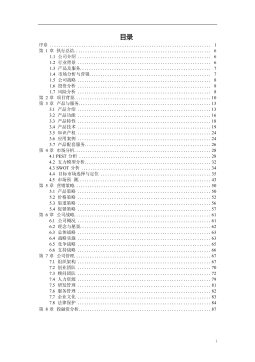
 2024-12-05 20
2024-12-05 20 -
杭州xx电子商务有限公司VIP免费
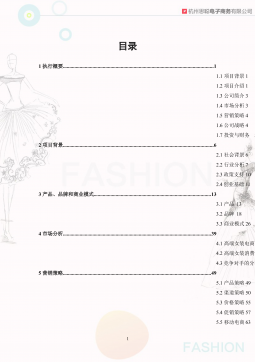
 2024-12-05 6
2024-12-05 6 -
方舟xxVIP免费
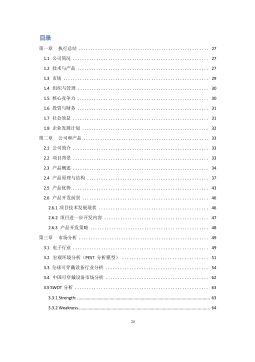
 2024-12-05 16
2024-12-05 16 -
北京xx科技有限公司创业计划VIP免费
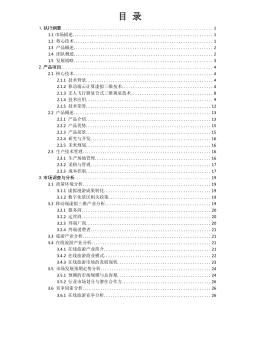
 2024-12-05 19
2024-12-05 19 -
xx科技商业计划书VIP免费
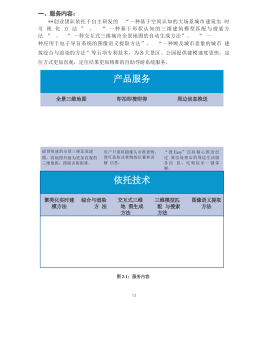
 2024-12-05 10
2024-12-05 10 -
xxx联网科技有限责任公司VIP免费
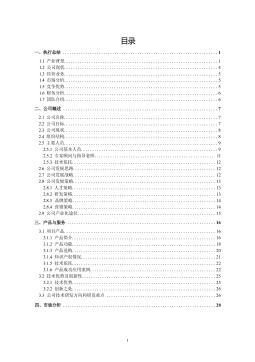
 2024-12-05 14
2024-12-05 14 -
3D梦想打印机——杭州xx商务服务有限公司VIP免费
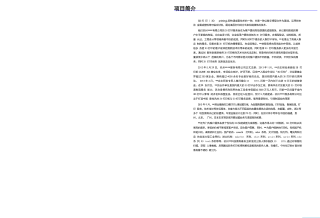
 2024-12-05 13
2024-12-05 13 -
xx电子科技有限责任公司VIP免费

 2024-12-05 8
2024-12-05 8 -
xxx电子商务服务有限公司VIP免费

 2024-12-05 11
2024-12-05 11
作者详情
相关内容
-
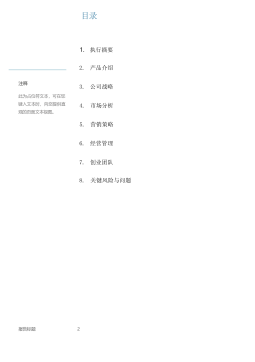
xxx环保科技(上海)有限公司项目运营报告
分类:高等教育资料
时间:2024-12-05
标签:无
格式:DOCX
价格:10 积分
-
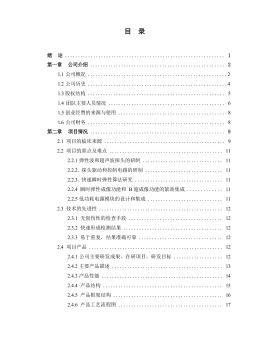
xxxx医学技术有限公司项目运营报告
分类:高等教育资料
时间:2024-12-05
标签:无
格式:DOCX
价格:10 积分
-
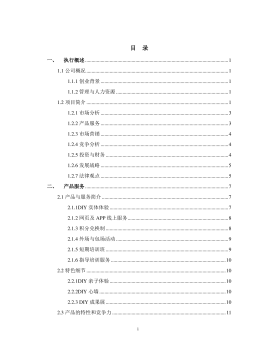
121DIY烘焙坊项目运营报告
分类:高等教育资料
时间:2024-12-05
标签:无
格式:PDF
价格:10 积分
-
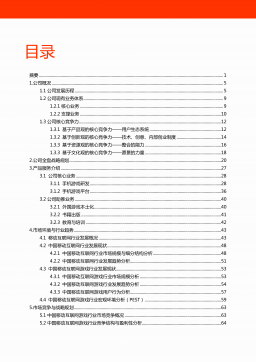
广州xxx网络科技有限公司项目运营报告
分类:高等教育资料
时间:2025-01-09
标签:无
格式:PDF
价格:10 积分
-
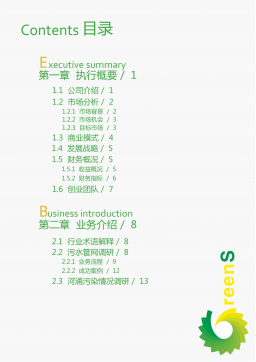
广州市xx环保科技有限公司项目运营报告
分类:高等教育资料
时间:2025-01-09
标签:无
格式:PDF
价格:10 积分






